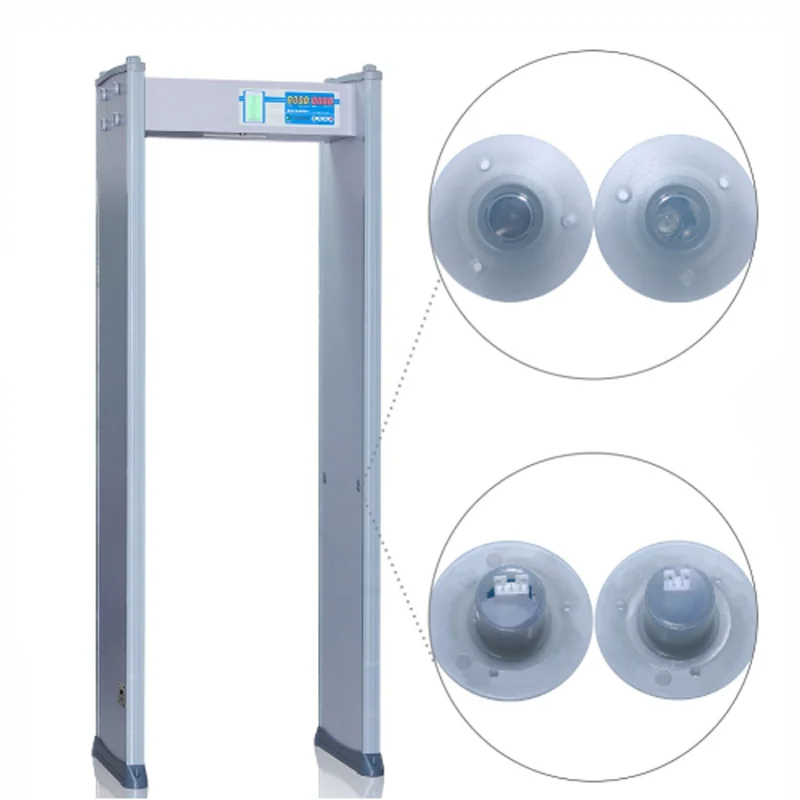Table of Contents
Understanding the Technology Behind Walk-Through Metal Detectors
Walk-through metal detectors are a common sight in airports, government buildings, and other high-Security areas. These devices play a crucial role in ensuring the Safety of individuals by detecting any metal objects that may pose a threat. But have you ever wondered how these detectors actually work?
At their core, walk-through metal detectors operate on the principle of electromagnetic induction. This technology relies on the fact that metal objects disrupt the flow of electromagnetic fields. When a person walks through the detector, any metal objects on their body will cause a disturbance in the electromagnetic field, triggering an alarm.
The process begins with the transmitter coils located on one side of the detector. These coils generate a magnetic field that extends across the entrance of the detector. When a person walks through the detector, any metal objects they are carrying will interact with this magnetic field.
As the metal object passes through the magnetic field, it creates eddy currents within the metal. These eddy currents generate their own magnetic field, which opposes the original magnetic field created by the transmitter coils. This disruption in the magnetic field is detected by the receiver coils on the opposite side of the detector.
The receiver coils are designed to pick up any changes in the magnetic field caused by metal objects. When a disturbance is detected, the detector triggers an alarm to alert security personnel of a potential threat. This alarm can take the form of a sound, a visual indicator, or both, depending on the design of the detector.
One of the key advantages of walk-through metal detectors is their ability to differentiate between different types of metal objects. By analyzing the strength and duration of the disturbance in the magnetic field, these detectors can determine the size and composition of the metal object. This allows security personnel to assess the level of threat posed by the object and take appropriate action.

In addition to detecting metal objects, walk-through metal detectors are also equipped with features to minimize false Alarms. For example, many detectors have sensitivity settings that can be adjusted to filter out common items such as coins, keys, and Belt Buckles. This helps to reduce the number of unnecessary alarms and improve the efficiency of the screening process.
Overall, walk-through metal detectors are a vital tool in maintaining security in public spaces. By understanding the technology behind these devices, we can appreciate the complexity of their operation and the level of precision they offer in detecting potential threats. Next time you walk through a metal detector, take a moment to consider the intricate process happening behind the scenes to keep you safe.
